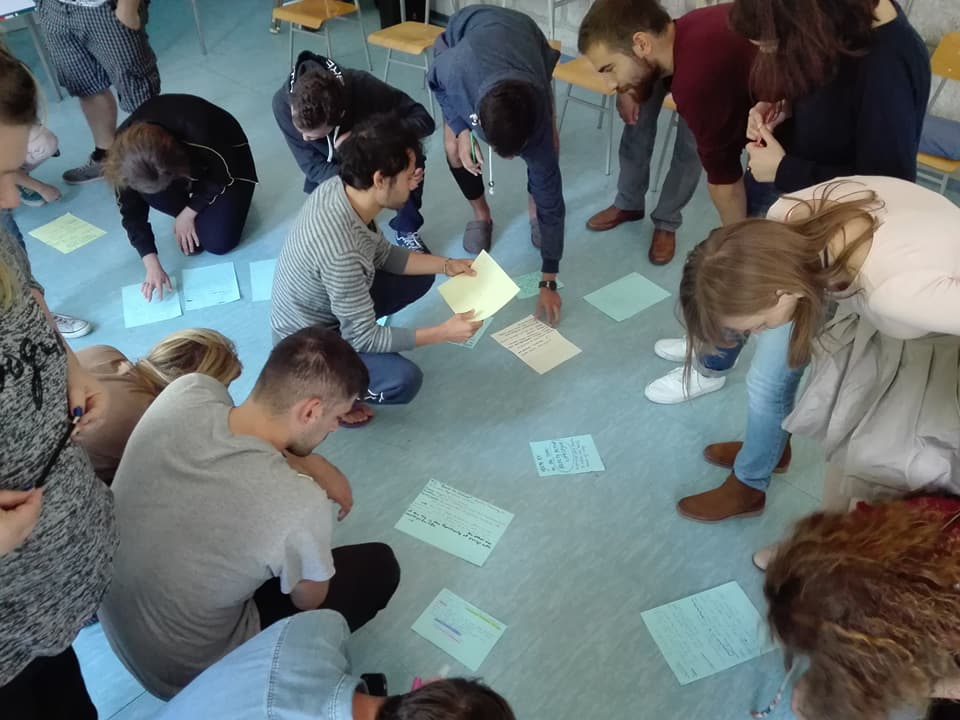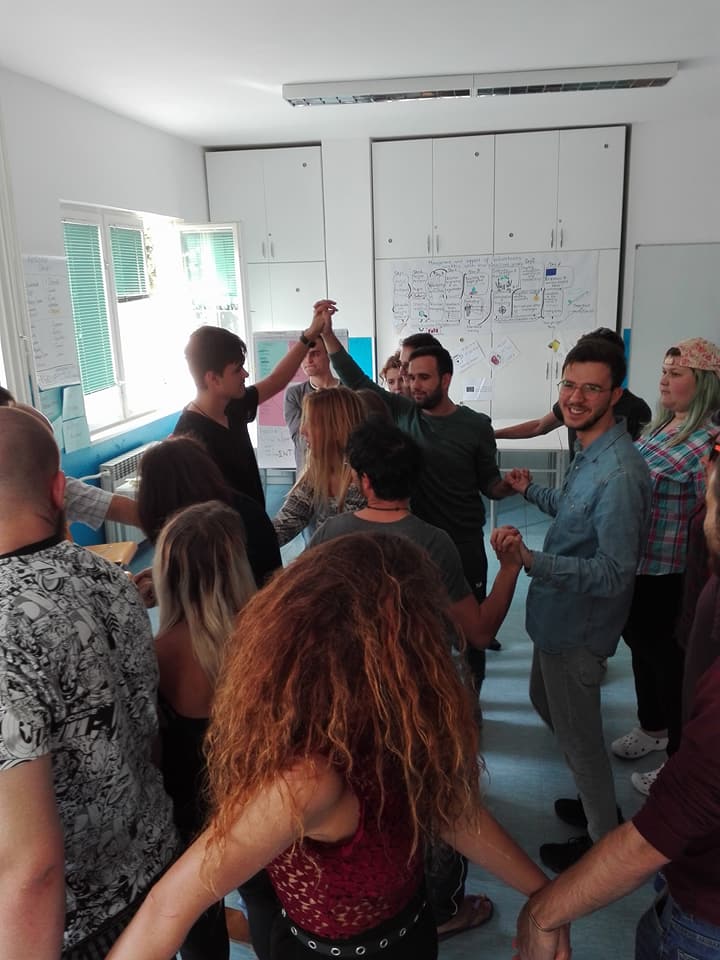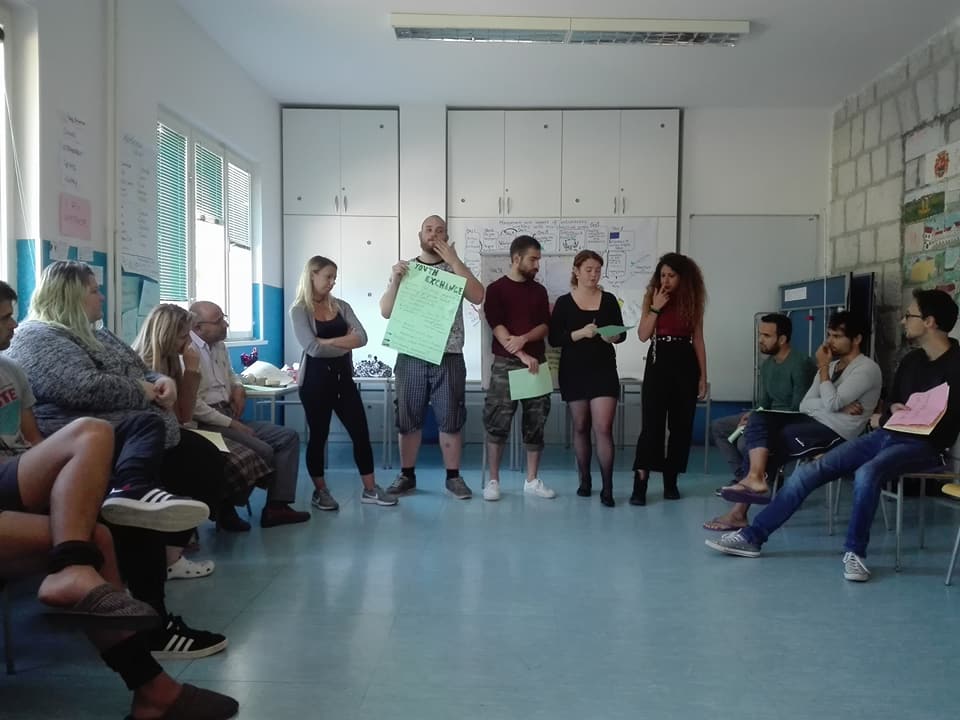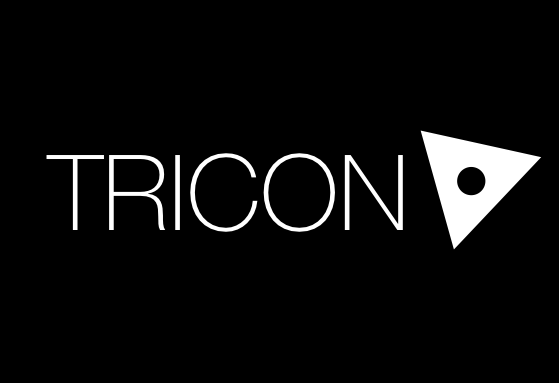Jak zarządzać wolontariuszami? Braliśmy udział w treningu w ramach Erasmus +

10.10. – 18.10.2017 miało miejsce szkolenie pod nazwą: „Zarządzanie i wsparcie wolontariuszy pracujących z grupami marginalizowanymi” organizowanym przez Stowarzyszenie „Realizacja” z Chorwacji.
Kurs odbył się w miejscowości Selce, w małym, ale jakże malowniczym miejscu. W projekcie wzięło udział 9 krajów (Chorwacja, FYR Macedonia, Słowacja, Czechy, Polska, Turcja, Bułgaria, Włochy, Grecja).
Przede wszystkim mówiliśmy o różnicach w pracy z młodzieżą o rodzajach wolontariatu we wszystkich krajach i dzieliśmy się rzeczywistością dotyczącą istniejącego wolontariatu.
To czego się nauczyliśmy to to, że kiedy mówimy o programie dla wolontariuszy, najważniejsze jest to, że musi on pasować do strategii organizacji, jej wizji, wartości i misji. Przed konkretnym planowaniem i tworzeniem programu wolontariackiego konieczne jest wdrożenie oceny potrzeb jakościowych i dokonanie analizy SWOT (mocne i słabe strony, szanse i zagrożenia).
Kolejnym tematem była wiedza na temat dziewięciu etapów zarządzania wolontariatem: przygotowanie, rekrutacja, selekcja, orientacja / szkolenie, nadzór, monitorowanie, motywacja, rozpoznawanie, monitorowanie i ocena. Te dziewięć kroków było głównym tematem naszego kursu i zostało dobrze omówione.
Motywacja jest jedną z ważnych rzeczy w organizacji wolontariatu. Zrozumienie motywacji wolontariuszy może pomóc zrozumieć, dlaczego niektórzy ludzie są w stanie przezwyciężyć pewne przeszkody i osiągnąć cele oraz dlaczego niektórzy z nich łatwiej rezygnują z tych samych działań. W czasie trwania wolontariatu organizacja programowa powinna być przygotowana na oferowanie możliwości samorealizacji dla wolontariuszy o różnych motywach i nie może zaniedbywać potrzeb wolontariuszy, ponieważ może to prowadzić do niezadowolenia niektórych osób w związku z pracą wolontariacką w ogóle i ich wolontariatem. niepowodzenie. Organizacja musi więc zadbać o to, aby wolontariusze przekazywali bardziej pozytywne i negatywne informacje zwrotne.
Rekrutacja jest ważnym, ciągłym procesem, który umożliwia organizacjom przyciąganie potencjalnych wolontariuszy. W tym momencie zostaliśmy podzieleni na cztery grupy, a naszym zadaniem była obrona sposobu poszukiwania wolontariuszy za pomocą materiałów drukowanych, mediów / online, ukierunkowanej rekrutacji lub prezentacji grupowej (sieci). Po grze doszliśmy do wniosku, że każda z tych metod może być przydatna w pewnym stopniu i zależy to od strategii rekrutacji, rodzaju pozycji wolontariuszy i grupy docelowej potencjalnych ochotników.
Poznaliśmy też niektóre formy rekrutacji, nazywane są: Warm Body Recruitment, Targeted Recruitment, Concentric Circle Recruitment, Ambient Recruitment. Byliśmy najbardziej ciekawi tego ostatniego, ponieważ nigdy o nim nie słyszeliśmy. Ćwiczyliśmy różne czynności, które obejmują ruch, zachowania, kontakt wzrokowy, język ciała i jak łączyć się z ludźmi za pośrednictwem tych elementów. Było to działanie, które pomogło grupie nawiązać więcej kontaktów, być bardziej pewnym siebie
Każdy z nas doświadczył innej roli w działaniu, a później moglibyśmy podzielić się tym, jak łatwo / trudno
było, co można poprawić i jak przywódcy powinni pracować i komunikować się. Podoba nam się ten rodzaj aktywności i refleksja, ponieważ pomaga budować świadomość naszych uczuć, postaw i zachowań.



On 10.10. – 18.10.2017 we took part in the course under the name: „Management and support of of volunteers working with marginalised groups” organized by the Association „Realization” from Croatia.
The course took place in Selce, small but so picturesque place. Nine countries took part in the project from nine organisations (Croatia, FYR Macedonia, Slovakia, Czech Republic, Poland, Turkey, Bulgaria, Italy, Greece).
First day is always a „meet day”, so we had some games and energizers so we can all get to know each other. Activities were name games and some team building activities to create a good environment within the group and the people. We talk about our topic and goals.
Before going deeper, we established the tree of expectations: the roots were the attitudes, skills and experiences we brought with us, the trunk ideas on how we could work well together and the leave contained our expectations and hopes.
First of all, we talk about differences in youth work, types of volunteering in all countries and we sharing realities about existing volunteering.
When we talk about volunteer programme the most important is that must fit into the strategy of the organization, its vision, values and the mission statement. Before the concrete planning and creating a volunteer program, it is necessary to implement quality needs assessment and made a SWOT analysis (strengths, weaknesses, opportunities, and threats).
Another subject was knowledge about the nine steps in volunteer management: preparation, recruitment, selection, orientation/training, supervision, monitoring, motivation, recognition, monitoring and evaluation. These nine steps were the main focus of our course and was well discussed.
Motivation is one of the important thing in organising volunteer service. Understanding motivation of volunteers can help understand why some people are able to overcome certain obstacles and reach the goals and why some give up more easily in the same activities. During run a volunteer programme organisation should be prepared to offer possibility of self-realisation to volunteers with different motives and can’t neglecting the needs of the volunteers because it can lead to dissatisfaction of some people in relation to voluntary work in general and to their failure. So organisation have to make sure that give more positive than negative feedbacks to volunteers.
Recruitment is an important, continuous process that enables organizations to attract potential volunteers. At this point we were divided into four groups and our task was to defend method of seeking volunteers by printed materials, media/online, targeted recruitment or group presentation (networks). After the game we came to the conclusion that each of these methods can be useful to a certain degree and it depends of recruitment strategy, type of the volunteer positions and the targeted group of potential volunteers.
We also know some forms of recruitment, they are called: Warm Body Recruitment, Targeted Recruitment, Concentric Circle Recruitment, Ambient Recruitment. We were most curious of the last one because we never heard of it and it consist people that belong to some closed system, like certain school (class), corporation, profession, neighbourhood, church congregation and others.
We practiced different activities that include movement, behaviours, eye contact, body language and how to connect to people through these elements. It was an activity that helped the group to connect more, be more confident within themselves
All of us experienced a different role in the activity and, later we could share how easy/difficult it
was, which things could be improved and how leaders should work and communicate. We like this kind of activity and its reflection after because it helps to build awareness of our feelings, attitudes and behaviours.







